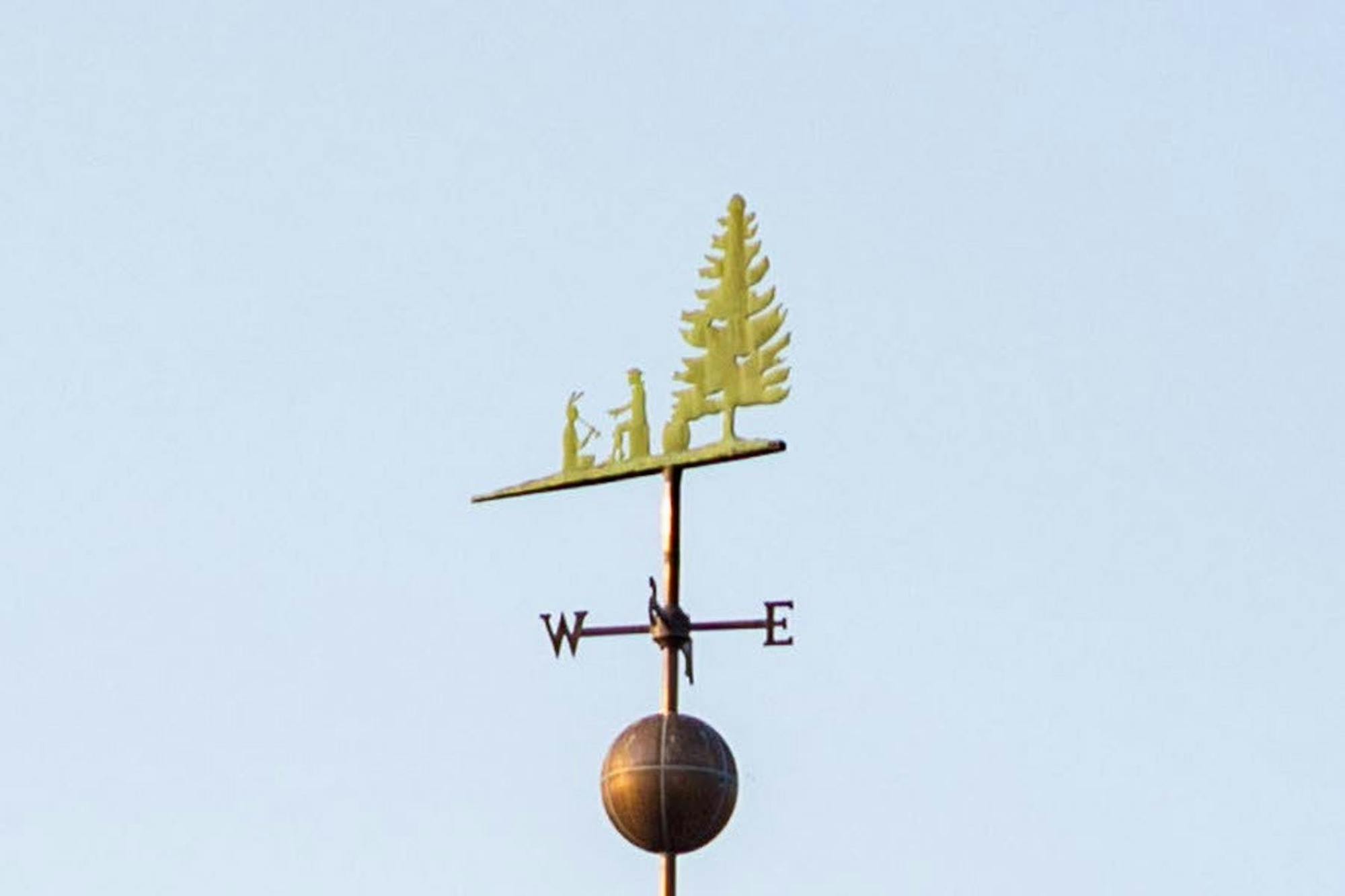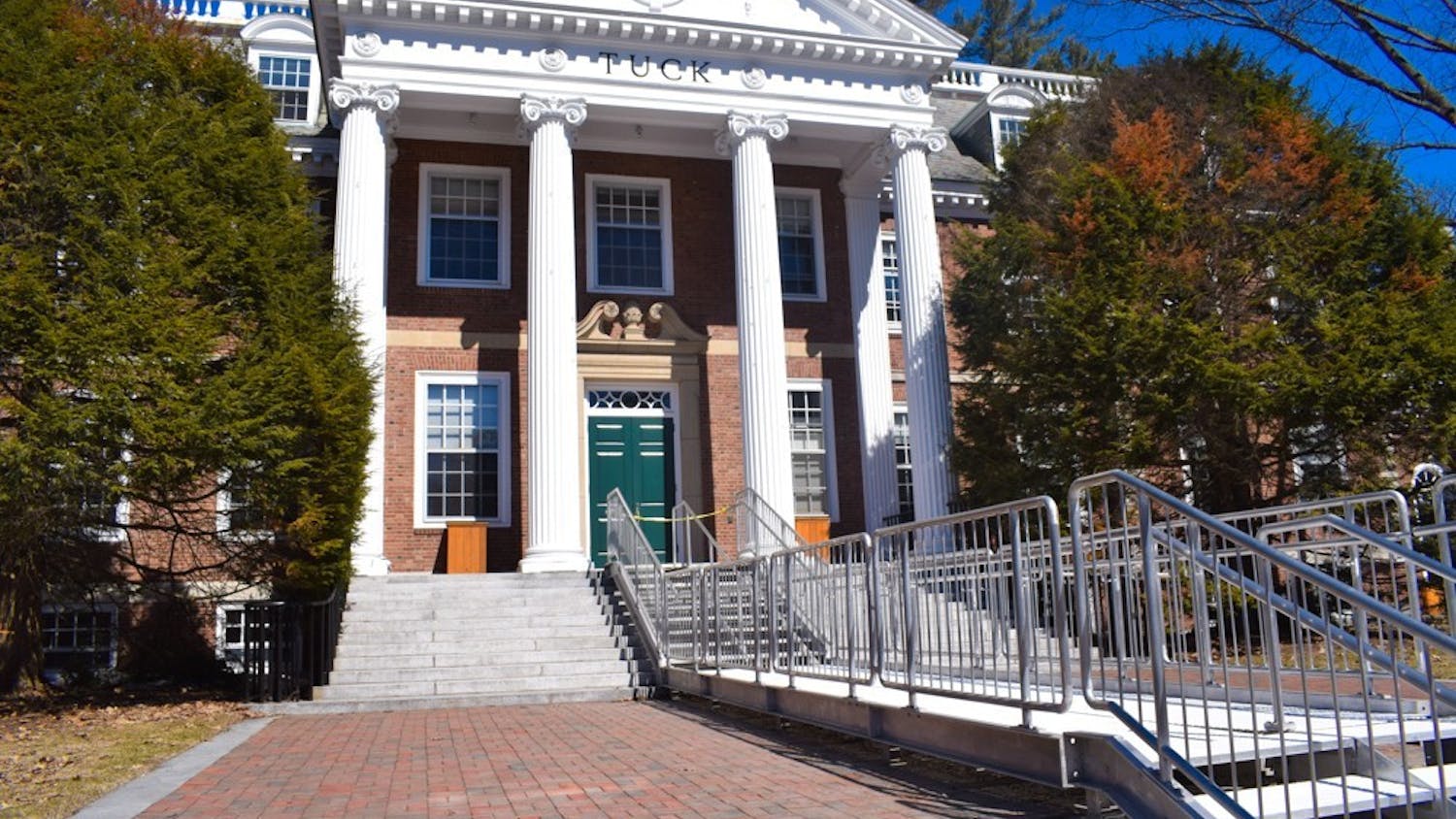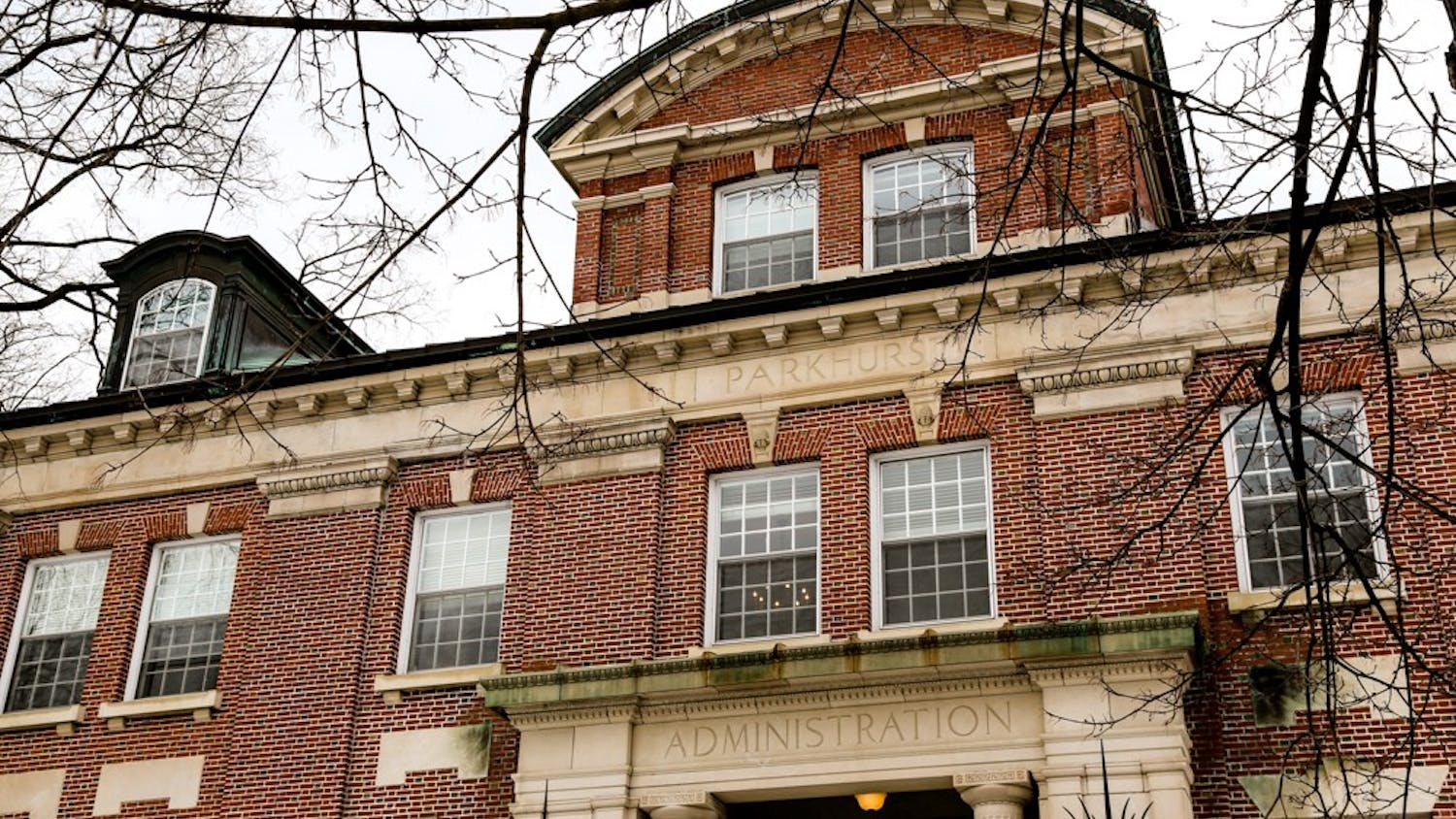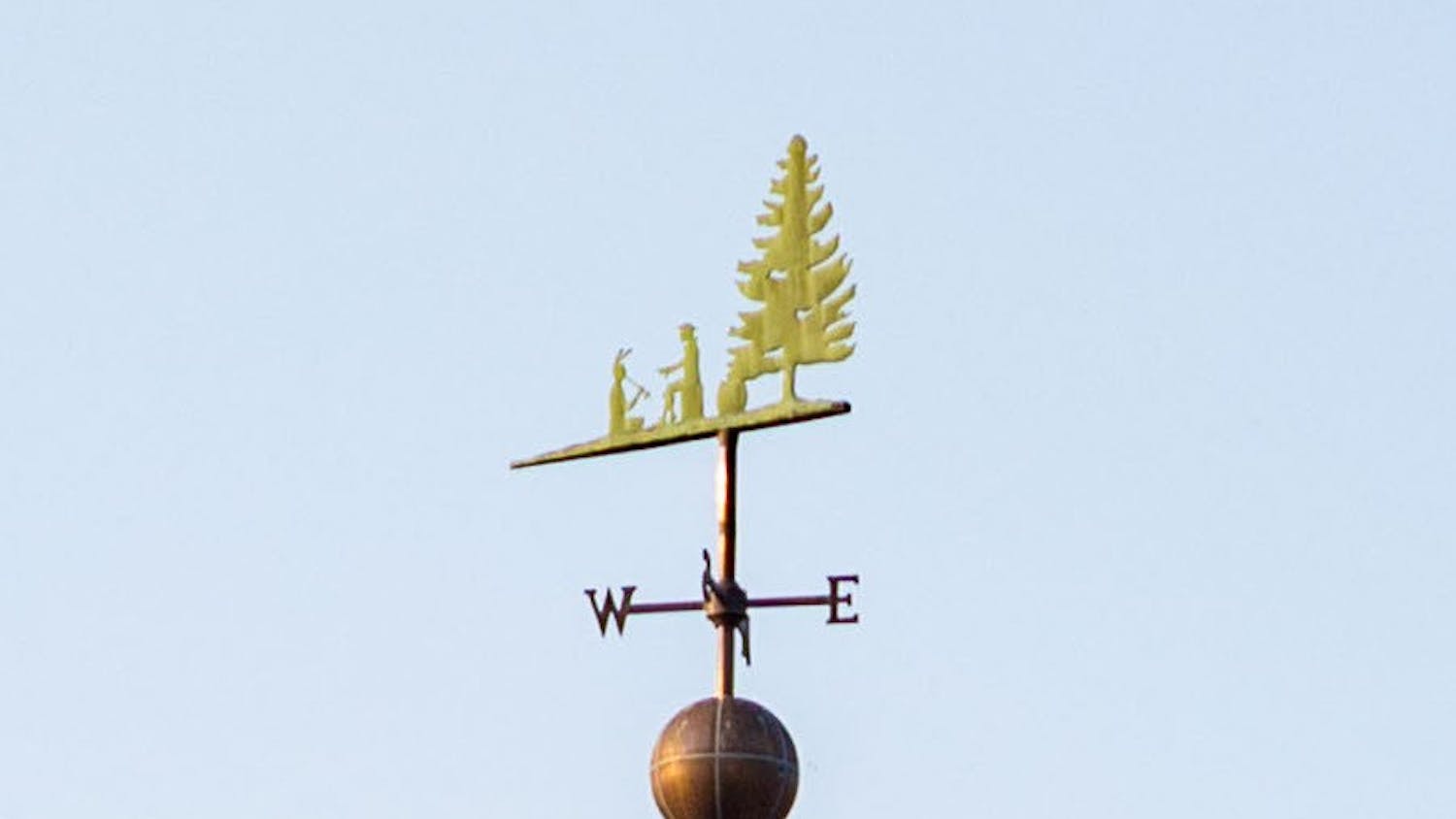On May 6, the College announced that a 12-member iconography working group composed of students, faculty, staff and alumni would begin to draft recommendations for decisions regarding the status of current and future iconography — including artwork, images and nomenclature — across Dartmouth’s physical and digital settings.
According to working group co-chair and art history professor Mary Coffey, the working group spent the last three months developing its charge — a five-part outline of its plans. The charge stipulates that the working group will develop recommendations for the “placement, presence and official recognition” of iconography on campus, create decision-making guidelines that promote “historical accountability,” base these practices on scholarship and evidence-based processes in higher education, collect input from a diverse range of perspectives and represent Dartmouth’s history and traditions.
According to Hood Museum of Art curator of academic programming and working group co-chair Amelia Kahl ’01, the removal of the Baker Tower weather vane was the “impetus” for the founding of the committee. College President Phil Hanlon convened the group after the weather vane, which featured a portrayal of a Native American that many community members found offensive, was taken down, and vice president for communications and working group member Justin Anderson selected its members, Kahl said.
According to Kahl, there is currently no overarching process for assessing iconography across campus, which she defined as “any sort of imagery that we read meaning into.” For example, the decision to remove the weather vane last summer was made by President Hanlon. However, in 2018, a one-time consultative committee — the Hovey Murals Study Group — convened to deliberate on the fate of the Hovey murals previously displayed in the Class of 1953 Commons which featured offensive portrayals of Native Americans. That committee decided that the murals would be moved to an off-campus location.
“The College realized that there weren’t good processes for collecting feedback from different groups and working through that,” Kahl said.
According to Coffey, the committee is focused on any and all Dartmouth iconography, not just Native American iconography. The group is more so working to draft a process by which iconography can be evaluated, as opposed to focusing on any one piece, she said.
“We’re not a group that’s going through and identifying 25 problematic things [at Dartmouth] and deciding what should happen with them,” Coffey said. “Because we are scholars and professionals who understand the complexities of these things, we are actually much more interested in process, and how can we develop deliberative, consultative, ethical processes that are actually driven by our values, our aspirations, and our history, rather than the contingencies of any particular moment or the proclivities of any particular group.”
Upon completing its set of recommendations, the working group hopes to release a report sharing those recommendations with the College community at a date that is yet to be determined, College archivist and working group member Peter Carini said.
Coffey said that the group does not have an exact timeline by which the recommendations and subsequent report will be complete, but she hopes that the group will have made progress toward completing the recommendations within the next year.
“It’s a slow process,” Coffey said of the committee’s working pace. “We could be fast about it and just set up a checklist, but none of us wants to do that because that’s not intentional; that’s not ethical.”
Coffey said that the group hopes that its recommendations can be used going forward to make determinations both about pieces of iconography that already exist and about things that may be proposed or planned in the future, “like a commission for a new work of art or a new branding or logo campaign.”
“We’re using the weather vane sort of retrospectively, as a way to devise a structure by which these decisions might be made going forward,” Carini said.
Carini said that the group chose to use the weather vane decision as a test case because evaluating a decision that was already made will allow them to think about whether or not the process they devise will work.
“We’re creating a process for future issues that might come up, similar to the weather vane or the Hovey murals, that will allow for a more deliberative process, and one that will incorporate more input from the community and affected communities,” Carini said.
Coffey said that the working group is especially interested in making recommendations based on scholarship and evidence-based practices in higher education, “rather than sort of approaching each issue in an ad hoc way.”
Carini has used his expertise as the college archivist and records keeper to investigate the weather vane and other instances in College history when changes were made to iconography.
“I’ve done things like look for references to the weather vane and its construction, purpose and design background for the committee to help contextualize our work,” Carini said.
Native Americans at Dartmouth co-president Steven Jump III ’21 said that he appreciates how the committee includes stakeholders from many different areas of the Dartmouth community, but that he hopes that they will take into consideration the disproportionate impact of harmful iconography on affected communities when making decisions.
“I think that it’s obviously a good thing to get everybody impacted involved, but I think it’s important to remember that the stakes that certain communities like [the Native American] community might have and the harm that [iconography] causes to our community is very disproportionate.”
Shelby Snyder ’21 said that she hopes that the group will provide opportunities for community members — especially indigenous community members — to be involved in the process. According to Coffey, community members can share their views and provide input on campus iconography by filling out a Google Form, which will be the working group’s primary way of receiving community input.
“I think having that continuous outreach term by term — because with a ten-week term, turnarounds can be so quick — will be necessary to make sure certain voices are included in this process.”




